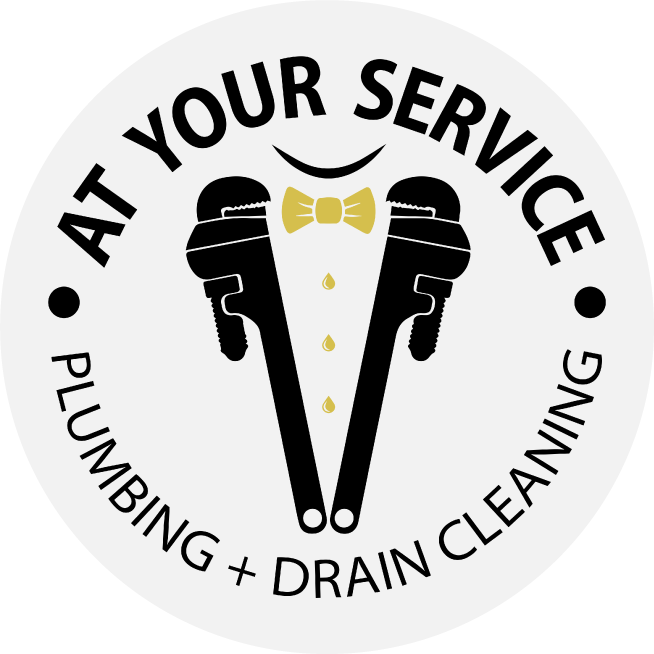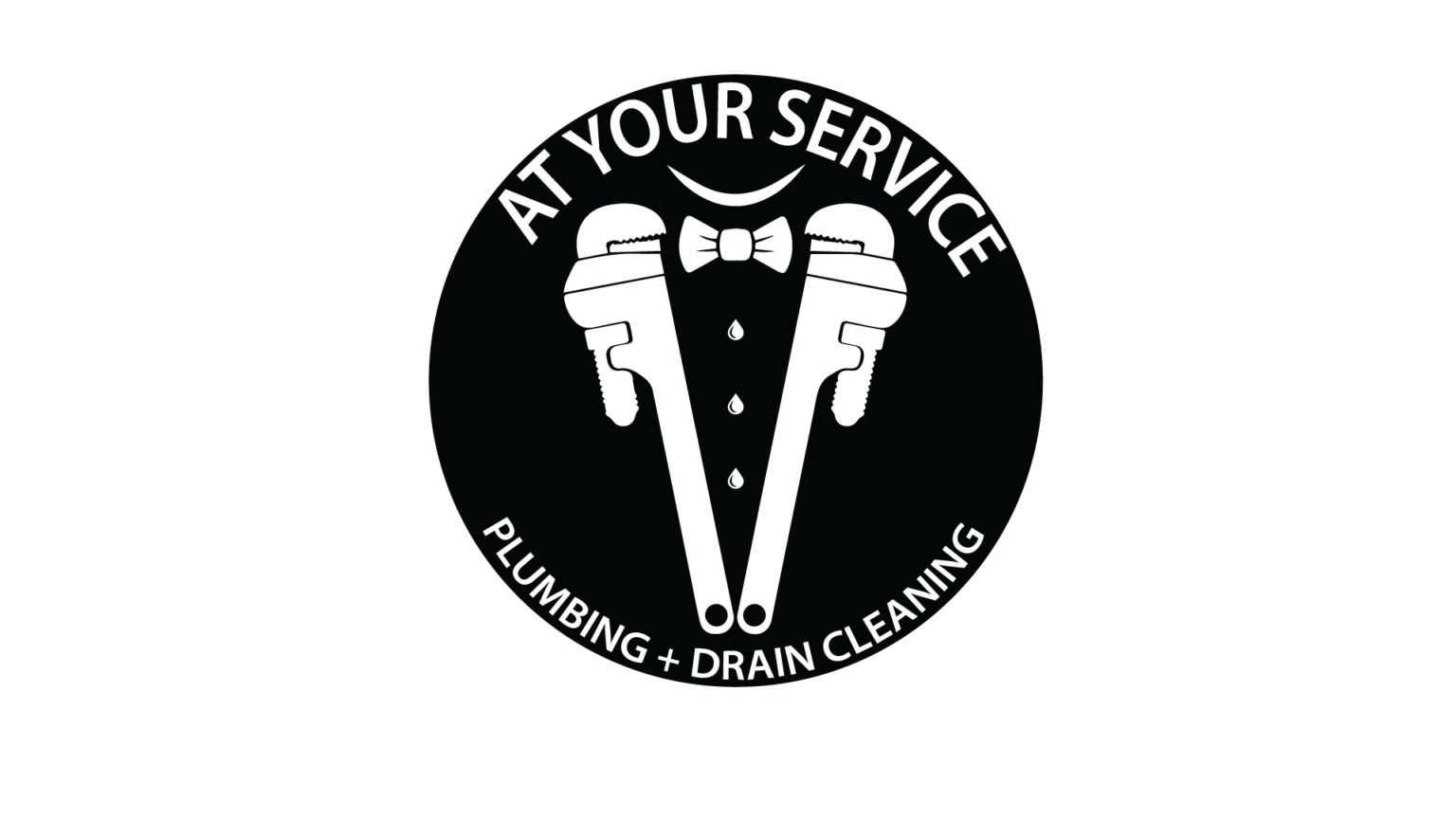
Going on vacation is an exciting time, but it requires careful preparation to ensure your home remains safe and secure in your absence. One critical aspect of this preparation is your plumbing system. Neglecting to properly prepare your plumbing before you leave can result in costly water damage, high utility bills, and unwelcome surprises upon your return. This guide will provide essential tips and a comprehensive checklist to help you prepare your plumbing system before going on vacation.
Turn Off the Main Water Supply
One of the most effective ways to prevent plumbing issues while you’re away is to turn off the main water supply. This step ensures that no water flows into your home, minimizing the risk of leaks and water damage.
Locate the Main Shut-Off Valve: The main shut-off valve is typically located near the water meter, in the basement, or in a utility room. Ensure you know its location and how to operate it.
Turn Off the Valve: Turn the valve clockwise to shut off the water supply. Once the valve is closed, open a faucet to drain any remaining water from the pipes.
Drain Your Pipes
After shutting off the main water supply, it’s essential to drain the water remaining in your pipes. This step prevents water from freezing in the pipes during cold weather, which can cause them to burst.
Open All Faucets: Turn on all the faucets in your home, starting from the highest point and working your way down. This will allow any remaining water to drain out of the pipes.
Flush Toilets: Flush all the toilets to remove water from the tanks and bowls. This helps prevent stagnant water and reduces the risk of leaks.
Check for Leaks
Inspect your plumbing system for any signs of leaks before you leave. Addressing leaks beforehand can prevent water damage and reduce your water bill.
Inspect Visible Pipes: Look for any visible signs of leaks, such as water stains, puddles, or rust on pipes. Pay particular attention to areas under sinks and around appliances.
Check Faucets and Showerheads: Ensure all faucets and showerheads are not dripping. Tighten any loose connections and replace washers or cartridges if necessary.
Examine Toilets: Check for leaks around the base of the toilets and listen for any hissing sounds, which could indicate a running toilet.
Adjust the Water Heater
Your water heater can consume a significant amount of energy, even when you’re not using hot water. Adjusting its settings can save energy and reduce the risk of malfunctions.
Set to Vacation Mode: Many modern water heaters have a vacation mode setting, which lowers the temperature and reduces energy consumption. Activate this mode if your unit has it.
Lower the Temperature: If your water heater does not have a vacation mode, manually lower the temperature to the lowest setting. This step helps save energy while ensuring the heater remains operational.
Ensure Proper Sump Pump Operation
If your home has a sump pump, ensuring it functions correctly is crucial to prevent basement flooding in your absence.
Test the Sump Pump: Pour a bucket of water into the sump pit to trigger the pump. Ensure it activates and effectively removes the water.
Check the Power Source: Verify that the sump pump is plugged in and has a reliable power source. Consider installing a battery backup system to ensure the pump works during power outages.
Clean and Inspect Appliances
Appliances such as dishwashers, washing machines, and refrigerators with water dispensers should be properly maintained to prevent leaks and malfunctions.
Disconnect Hoses: Disconnect the hoses from your washing machine and dishwasher to prevent leaks. Ensure the hoses are drained and stored properly.
Inspect the Refrigerator: If your refrigerator has a water dispenser or ice maker, consider shutting off the water supply to these features. Clean the refrigerator to prevent mold and odors.
Secure Outdoor Plumbing
Outdoor plumbing fixtures, such as garden hoses and sprinkler systems, need attention to prevent damage and leaks.
Disconnect Garden Hoses: Disconnect and store garden hoses to prevent them from freezing and bursting. Drain any remaining water from the hoses.
Winterize Sprinkler Systems: If you have an irrigation system, follow the manufacturer’s instructions to winterize it. This typically involves draining the system and blowing out any remaining water.
Additional Tips for Vacation Plumbing Preparation
In addition to the essential steps outlined above, consider these additional tips to ensure your plumbing system is well-prepared for your vacation.
Inform a Neighbor or Friend: Inform a trusted neighbor or friend about your absence. Provide them with your contact information and instructions on how to access your home in case of an emergency.
Leave a Key with a Trusted Person: Give a spare key to a neighbor or friend who can periodically check your home for any issues.
Install a Leak Detection System: Consider installing a leak detection system that can alert you to potential leaks or water issues while you’re away. Some systems can even shut off the water supply automatically.
Schedule a Professional Inspection: If you’re unsure about the state of your plumbing system, consider scheduling a professional inspection before you leave. A plumber can identify and address any potential issues.
Comprehensive Plumbing Checklist for Vacation Preparation
Use this checklist to ensure you have covered all necessary steps to prepare your plumbing system before going on vacation:
- Turn off the main water supply.
- Drain all pipes by opening faucets and flushing toilets.
- Inspect for leaks and address any issues.
- Adjust the water heater to vacation mode or lower the temperature.
- Test the sump pump and check the power source.
- Disconnect and inspect appliances.
- Secure outdoor plumbing fixtures.
- Inform a neighbor or friend about your absence.
- Leave a key with a trusted person.
- Consider installing a leak detection system.
- Schedule a professional plumbing inspection if needed.
Preparing your plumbing system before going on vacation is essential to prevent water damage, reduce energy consumption, and ensure peace of mind. By following these tips and using the comprehensive checklist, you can leave your home confident that your plumbing system is secure and well-maintained. Taking these precautions allows you to enjoy your vacation without worrying about potential plumbing issues at home.


